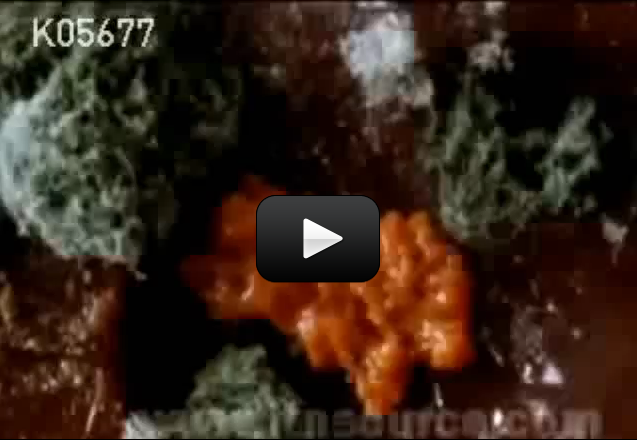This type of slime Physarum Polycephalum is called the “many-headed slime”. This slime likes shady, cool, moist areas like you’d find in decaying logs and branches. Slime (or slime mold) is a word used to define protists that use spores to reproduce. (Note: Slime used to be classified as fungi.)
Real slime lives on microorganisms that inhabit dirt, grass, dead leaves, rotting logs, tropical fruits, air conditioners, gutters, classrooms and laboratories. Slime can grow to an area of several square meters.
Slime shows curious behaviors. It can follow a maze, reconnect itself when chopped in half, and predict whether an environment is good to live in or not. Scientists have battled with the ideas that at first glance, slime appears to be simply a “bag of amoebae”, but upon further study, seem to behave as if they have simple brains, like insects.
Slime can be either a plasmodial slime, a bag of cytoplasm containing thousands of individual nuclei, or a cellular slime which usually stays as individual unicellular protists until a chemical signal is released, causing the cells to gather and acts as one organism.
Please login or register to read the rest of this content.


Yes, culture kits are available online but, we don’t have specific recommendations. Working with live slime mold is beyond the scope of our program.
Thank you Aurora for telling me! I have one more question. Can you buy one online?
We don’t have evidence that it can move stuff on purpose, but it is possible that small objects such as bits of leaves may go along for a ride. Yes, it can squeeze through small spaces. Slime mold usually avoids substances such as salt and baking soda, but it will cross over salt to reach food. However, if you covered it in salt or baking soda, it most likely would not survive. It is typically yellow or orange in color. It has been measured travelling up to 5 centimeters per hour (cm/h). Yes, it does conduct electricity.
Can this slime move stuff? Can it squeeze through the smallest spaces? Can it die with cooking salt/baking soda? Can it be green? Blue? Black? Is it fast? Can it conduct electricity?